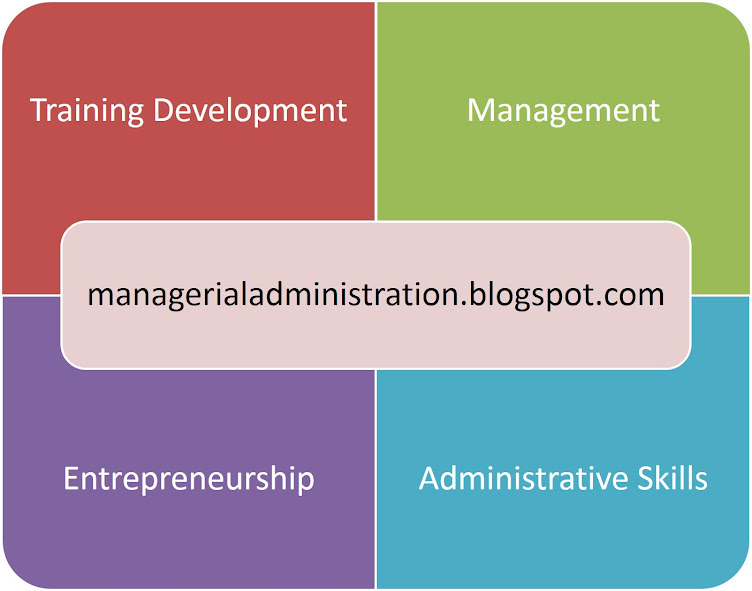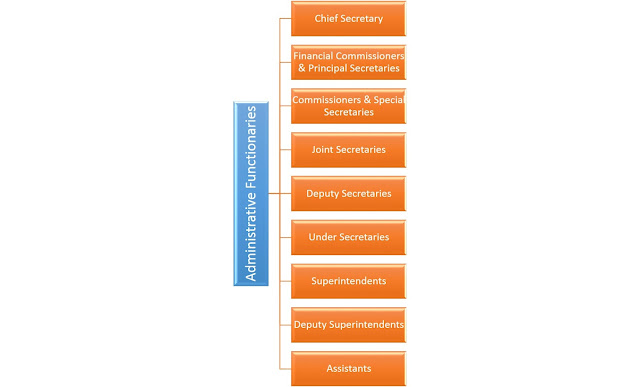The article explains the basic concepts of financial
accounting. The accounting can be understood only after understanding its base.
Basic concepts of Financial Accounting
(i) Source
documents:
(ii) Journal:
(iii) Ledger accounts:
(iv) Trail Balance:
(v) Final
Accounts:
Basic concepts of Financial Accounting
-Dr.
Lalit Kumar Setia*
Accounting cycle:
Accounting cycle is a series of steps in recording an
accounting event from the time a transaction occurs to its reflection in the
financial statements, also called bookkeeping cycle. The order of the steps in
the accounting cycle is: recording in the journal, posting to the ledger,
preparing a trial balance, and preparing the financial statements. The complete
cycle of the accounting involves the following steps[3]:
(1)
The balances of accounting; from opening balance sheet and day-to-day business
transactions of the accounting year are first recorded in a book known as
Journal. (2) Periodically these transactions are transferred to concerned
accounts, known as ledger accounts. (3) At the end of every accounting year
these accounts are balanced and a trial balance is prepared. (4) Then the final
accounts such as Trading and profit & loss accounts are prepared. (5)
Finally a Balance Sheet is made which gives the financial position of the
business at the end of the period.
To have a focus on all the steps of
accounting cycle, we will proceed through a series of steps one by one:
(i) Source
documents
(ii) Journal
(iii) Ledger
accounts
(iv) Trial balance
(v) Final accounts
(i) Source
documents:
Source
documents are the documents which contain financial records and can be used as
evidence of the transactions such as Cash Memo, Vouchers, Debit note, Credit
note, Pay in Slips and any other documentary proof of the occurrence of the
financial transaction.
(ii) Journal:
From
each and every transaction, two or more than two accounts are affected. First
of all we have to identify the accounts which are affected by the transactions.
Then see the nature of account i.e. Assets, Liabilities, Capital, Expenses and
incomes. Then see which account to be debited and credited? Then pass the
journal entry in a formal way.
Dual
aspect concept[4] in
accounting implies that every accounting transaction would be expressed by a
debit amount and an equal and opposite credit amount.
(iii) Ledger accounts:
The
first step in the procedure of recording transactions is to journalize and the
second step is to post the transactions in the ledger. The statement which
records the transactions at one place relating to a particular subject is known
as account. The book which contains all the accounts is known as ledger and the
procedure of writing up the accounts is known as posting.
(iv) Trail Balance:
On
the basis of balances of accounts, they are divided in two parts i.e. accounts
having debit balance and accounts having credit balance. Preparing the trial
balance is the process of totaling the debits and credits in the chart of
accounts, then making sure that the sum of all debits equals the sum of all
credits.
(v) Final
Accounts:
After
preparation of the trail balance final accounts are prepared on the basis of
trail balance. In final accounts, we include two statements: 1. Trading and
Profit & Loss Account 2. Balance Sheet. These are also called the
financial statements and represent the financial performance of the
organization.
1. Trading and Profit
& Loss Account: It shows the gross and net profit of the organization.
Trading part shows the gross profit i.e. Sales – Cost of goods sold. Profit and
Loss account shows the net profit i.e. Gross Profit – Indirect expenses+incomes.
2. Balance Sheet: A
balance sheet may be defined as "a statement prepared with a view to
measure the exact financial position of a business on a certain date.”
*Copyright © 2018 Dr.
Lalit Kumar. All rights reserved.




















